In Jodorowsky’s Dune Alejandro Jodorowsky, an eccentric French-Chilean filmmaker, set out with bold aspirations to make a film so powerful it could change the entire human perspective on how films are perceived.
Known for his occasionally riot-inciting cult movies made in Mexico during the 1960s, such as El Topo and Santa Sangre, Jodorowsky came across his golden opportunity in the pre-Star Wars 1971: Dune. Based off the similarly named Frank Herbert novel, Jodorowsky set out to tell a story so grand and create a world so surreal it was nearly incomprehensible. In Jodorowsky’s words, he sought to create a “new prophet,” reaching out to the audience’s conscious in a new way by attempting to recreate the hallucinogenic experience of LSD through watching his film alone.
Not only was the story behind this drug-induced film larger than life, but Jodorowsky’s desired cast and crew were equally monumental. Pairing up with hand-picked producers, concept artists and writers from all around the world, Jodorowsky set off on a painstaking quest to begin the creation of this unique film. Even more over-the-top was Jodorowsky’s star-studded cast, which included enormous stars among the likes of Salvador Dali, Orson Welles, Mick Jagger and even Pink Floyd.
According to many modern filmmakers, Alejandro Jodorowsky was simply a filmmaker before his time. The feats of the film were so vast, “Dune” just never made it past its two-year stage of pre-production.
The enormous spectacle of Dune is captured in a way that manages to beautifully represent the colossal potential of this lost gem, all the while showing the film’s excessive and grandiose tendencies, highlighting the reasons why the film was never made.
Despite Hollywood’s rejection of this towering blockbuster, the enormous impact this film has had on dozens of movies still remains, ranging from movies as iconic as “Star Wars” and “Alien,” to movies as recent as “Prometheus.”
Director Frank Pavich poses the intriguing thought, “what could have been?” had this film been released as one of the first major sci-fi blockbusters — which it had the potential to be. Pavich goes to great lengths to map out the full story of this film’s creation and to uncover stories and artwork behind the film’s production stages, which have never been presented altogether so deeply.
One particularly stunning feature in this film, which brought attention to the brilliant artwork in “Dune,” was the animation of the original storyboards created specifically for Jodorowsky during the scripting stages of pre-production. The animation is able to not only commemorate “Dune,” but also bring to temporary life the spectacular potential of the film that never was.
Although Jodorowsky was never able to live out his dream of creating this gargantuan movie, audience members will be captivated by Jodorowsky’s charismatic personality and his intoxicating charm.
Pavich also makes a purposeful, and wise, choice to look at Jodorowsky’s retrospection through interview in a positive light, by recognizing the impact it continues to make on the movie industry today. More importantly, as stated by Jodorowsky himself, a strong and uplifting message is instilled by the end of the movie to celebrate ambition and creativity. The only disappointment viewers may leave with is that they may never see Alejandro Jodorowsky’s “Dune.”
By Katie Little
What did you think of Jodorowsky’s Dune? Catch it again at 9 p.m. Saturday in Jesse and at 1 p.m. Sunday at the Picturehouse.












































































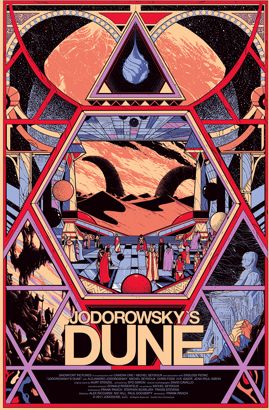

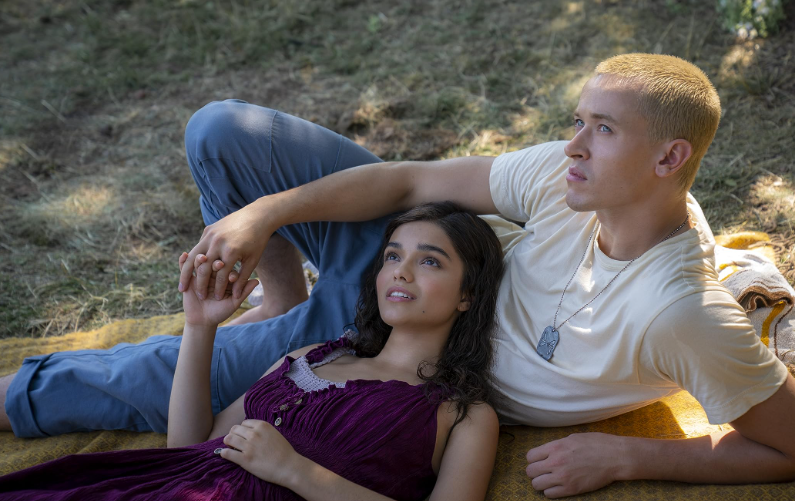
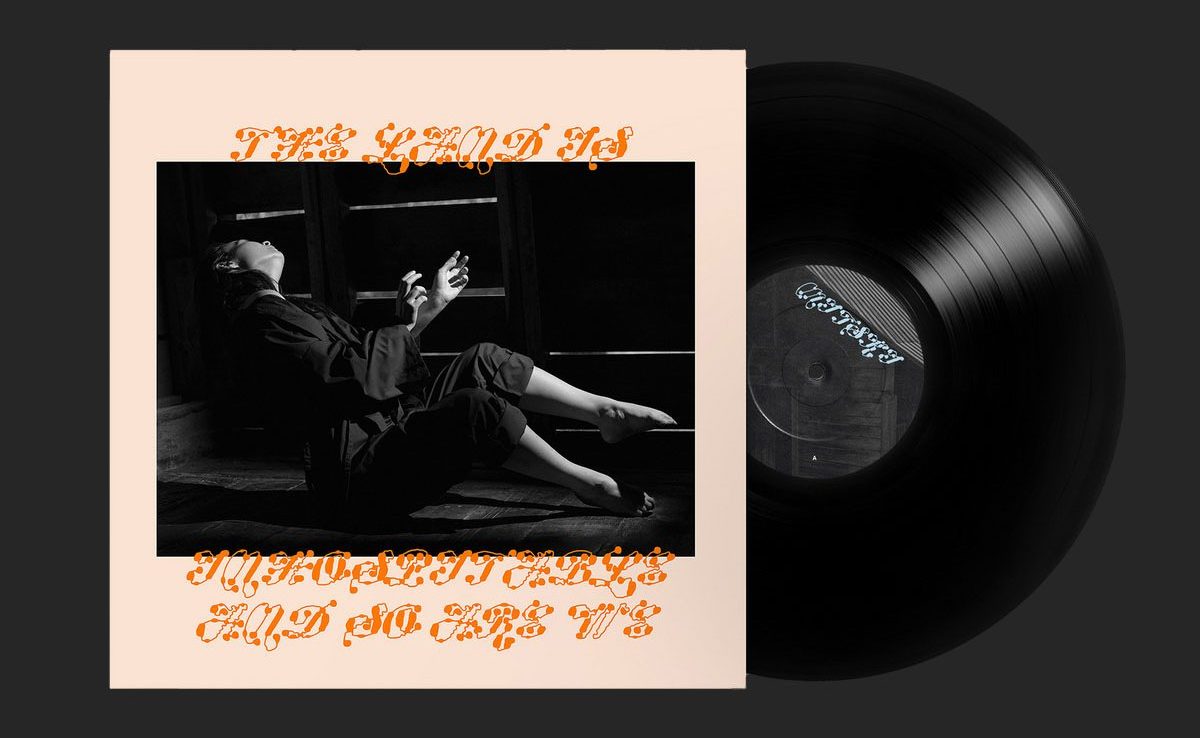

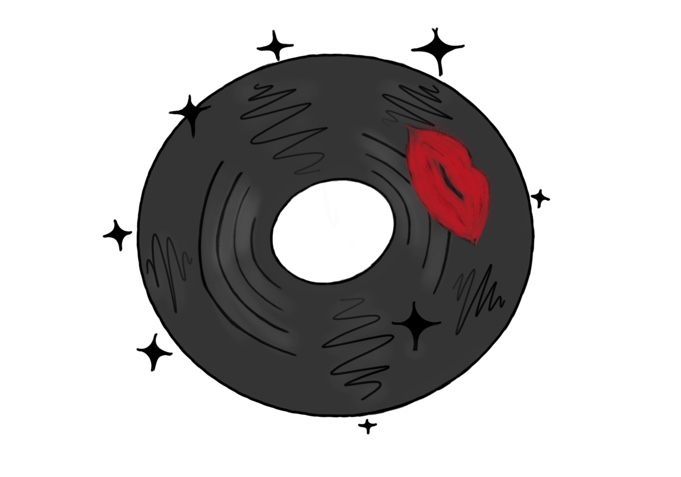
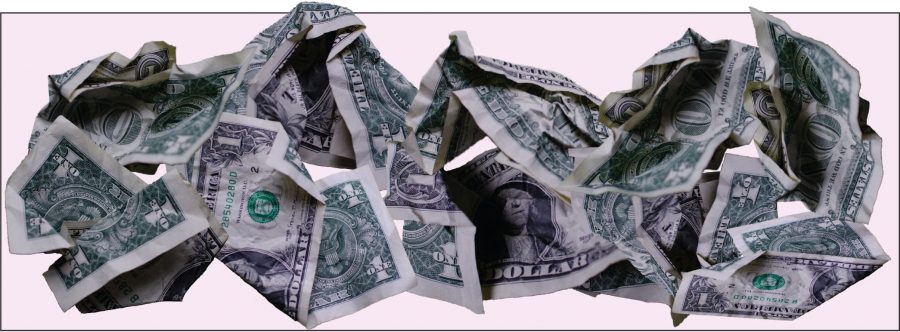

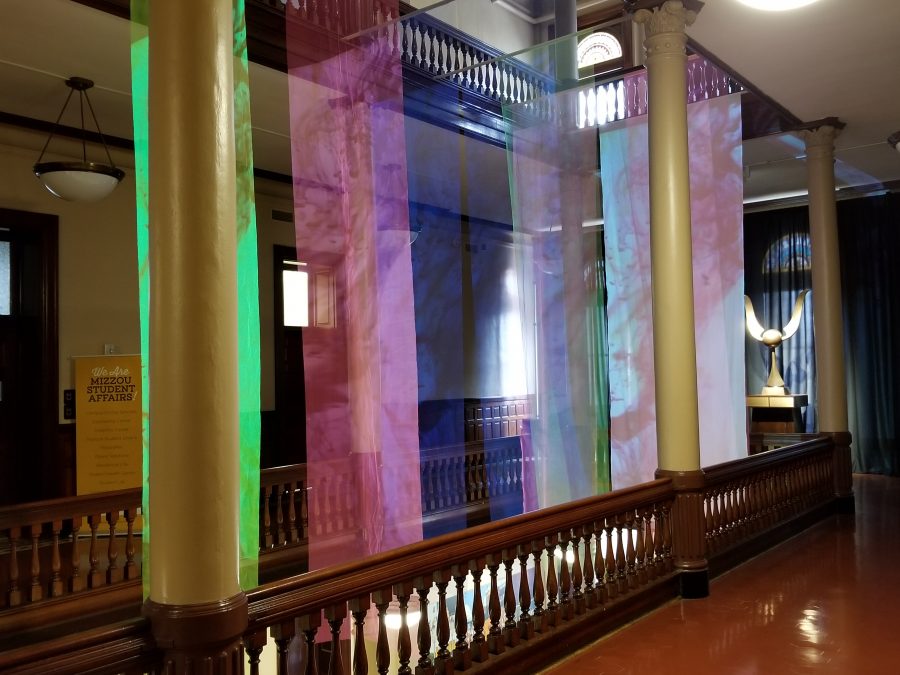

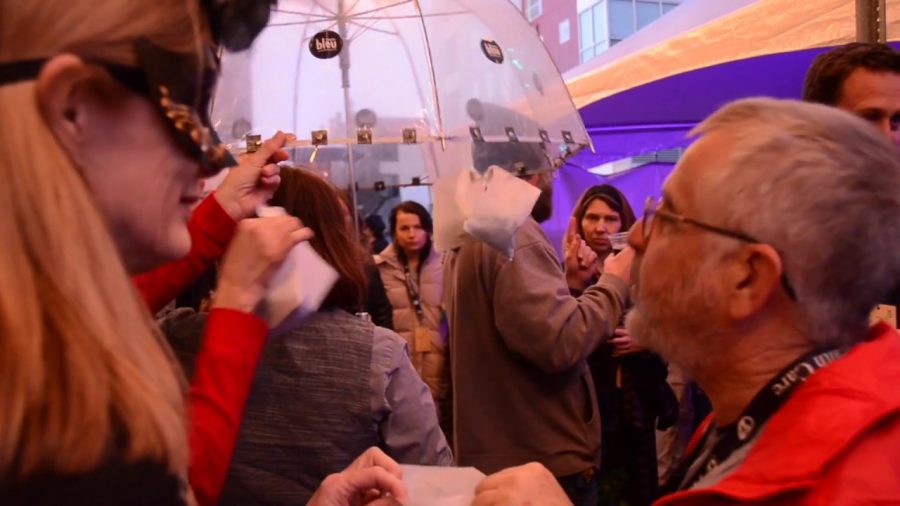


Jay Whang • Mar 1, 2014 at 1:52 pm
I watched one of Josorwosky’s movies called The Holy Mountain last night and it is maybe one of the best movie I have seen in my life. You should go watch one of his movies Katie. It is freaking awesome.